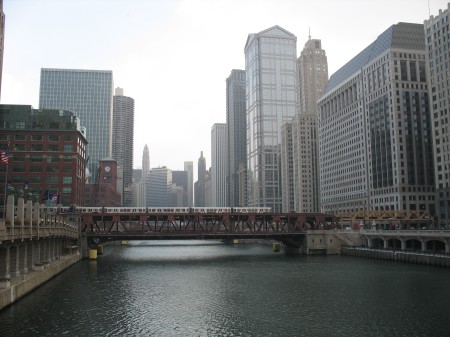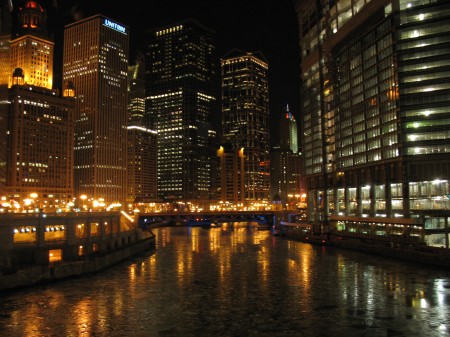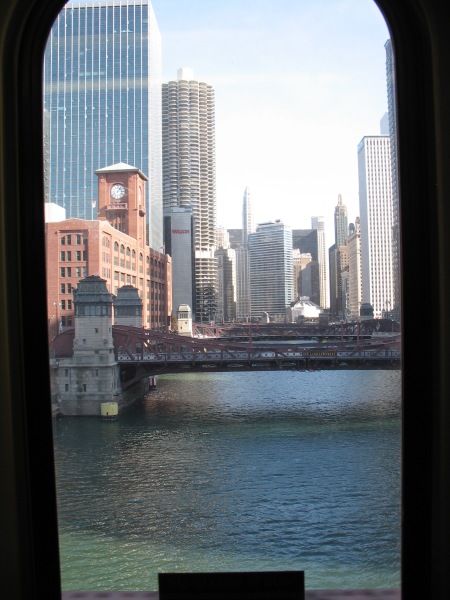Following up on discussion on having the Anacostia emulate Paris, I thought it would be nice to look at some precedents of urban rivers in other places. The idea that bothered me the most was the notion that narrowing the Anacostia’s channel by half would be no big deal to the river’s ecology.
Encouraging good urban waterfronts is a fantastic idea, but I fail to see why replicating Paris is necessary. Surely, the great density of bridges in Paris is a nice condition and helps connectivity, but there are plenty of other urban rivers to draw from as well (not to mention ‘one-sided’ urban waterfronts that face oceans, bays, or lakes where bridges won’t do you any good).
Not all of these are applicable to the Anacostia, but I thought it would be a cool exercise to see what’s out there. Also, it’s worth noting that you can have successful urban rivers with wide channels. I don’t mean for this to be extensive or exhaustive by any means, just showing what can be done (and by extension, how far we have to go in DC).
Chicago
Width: ~300 feet
The Chicago River surely isn’t a paradigm of environmental purity. Engineering projects reversed the river’s flow so that Chicago’s sewage and waste flowed away from Lake Michigan (and the city’s water supply), not into it. It’s perhaps one of the most ‘urban’ rivers in the world, flanked by massive skyscrapers and the double-decker Wacker Drive. Numerous bascule lift bridges cross the river, making it seem as if the river barely interrupts Chicago’s grid.
Picture from Wikipedia:
Pictures from the Author:


From the El, crossing the river on the Wells St Bridge:

Shanghai – The Bund
Width: ~1300 feet
Shanghai features a river on a scale more similar to the Anacostia. Though the Huangpu River isn’t all silted up like the Anacostia and still sees substantial ship traffic, it’s nevertheless a similar width. Shanghai features significant urbanism on both sides of the river, even without the frequent crossings. On the western shore is The Bund, featuring Shanghai’s colonial architecture, while the eastern side shows off the new skyscrapers of Pudong.
Photo from Wiki:
You don’t need to narrow the river in order to have an urban river condition.
Pudong, viewed from the Bund (wikipedia):
London
Width: ~1000 feet
Another river on a similar scale to the Anacostia, the Thames shows what you can do to integrate a wide river in an urban setting. Though bridges aren’t as frequent as Paris, the core of London still has several of them crossing the Thames, as well as numerous underground transit connections.
Wiki image from the Tower Bridge:
Paris
Seine
Width: ~500 feet
Nir Buras’ ideal for the Anacostia, despite the fact that it’s twice as narrow as the existing river. Nevertheless, there are great lessons for how the city interfaces with the river.
Wiki photo:
This is the basic design Buras is proposing – a lower level walkway that allows pedestrians to interact with the water, allows boats to dock, etc. The wall to the right would serve as a flood wall, and the remainder of the city’s grid and functions would sit on that higher plane. Much of Chicago’s river features similar differences in elevation, if not the charming walkways of Paris.








